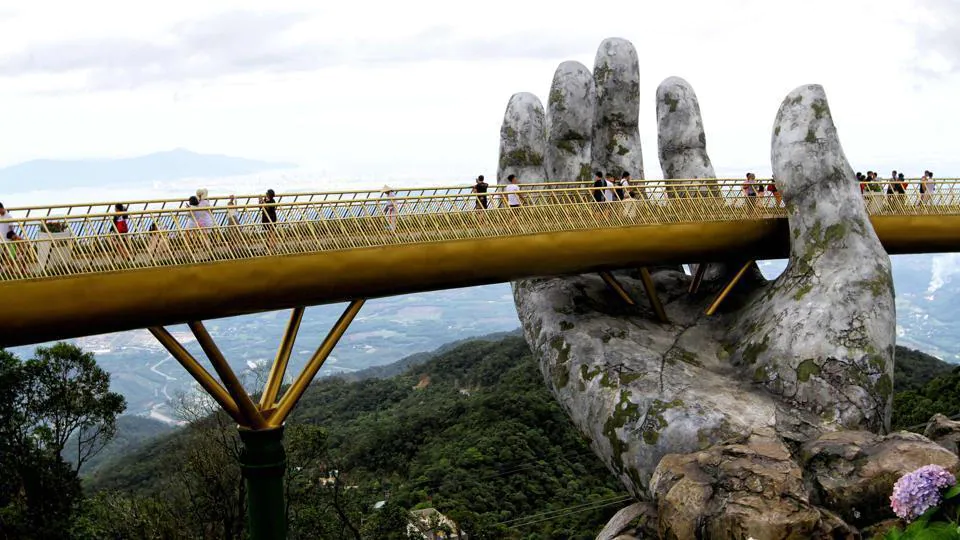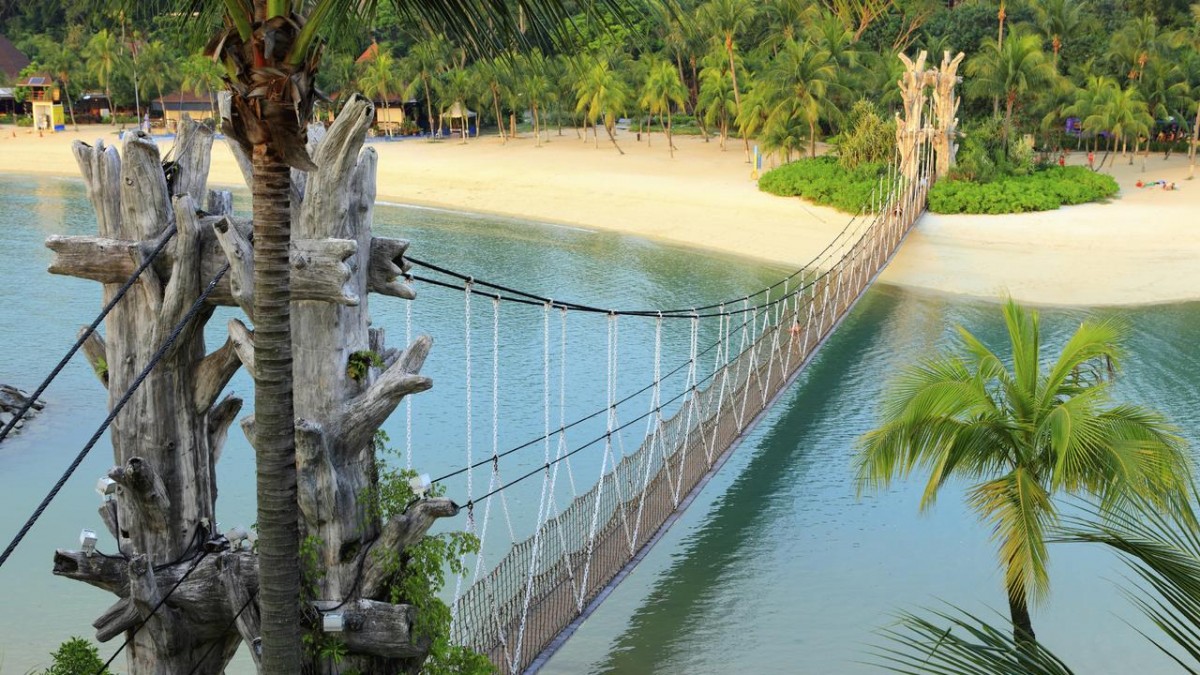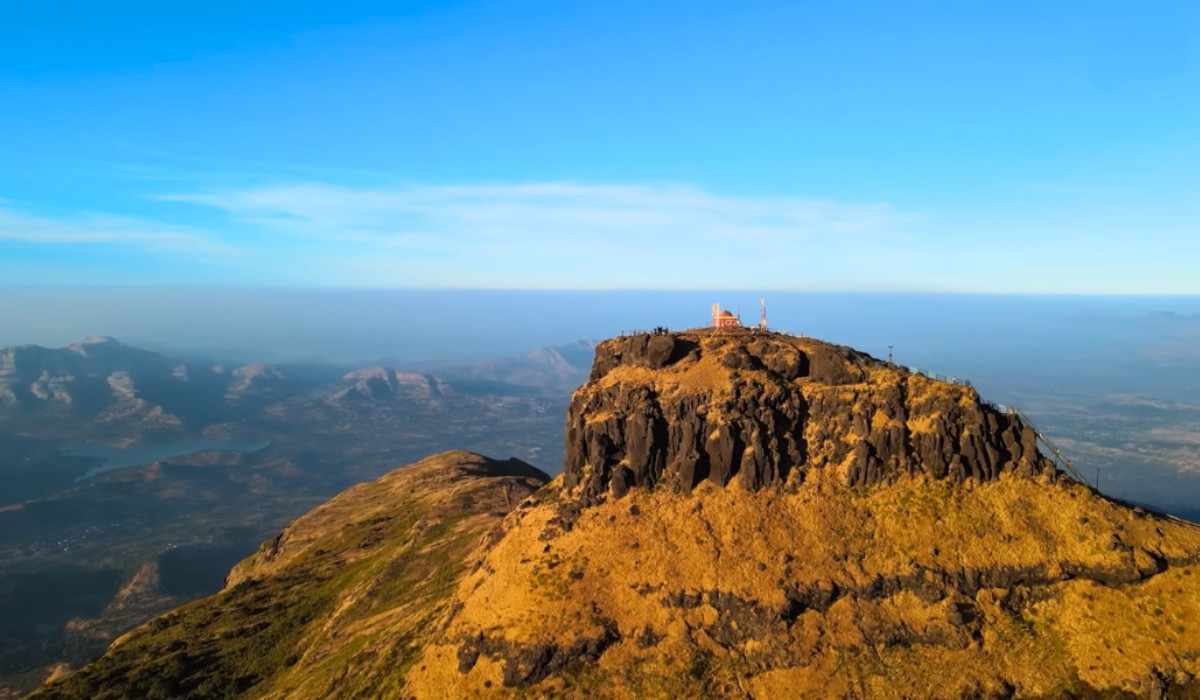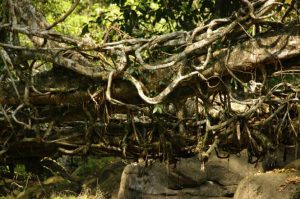
When monsoon clouds bring pelting rains to the village of Tyrna, Shailinda Syiemlieh takes the nearest bridge to reach the opposite bank of a gushing stream. The bridge is no ordinary structure made of concrete and metal. Instead, it is composed of a single giant fig tree that sits by the riverbankand the support that Syiemlieh walks over is a mishmash of aerial roots tightly knotted and woven together. The bridge is not only a part of the landscape, it is helping to support its ecosystem at the same time.
Tyrna lies just above the plains of Bangladesh in the north-eastern Indian state of Meghalaya, which hosts hundreds of these bridges. For centuries, they have helped the indigenous Khasi and Jaintia communities to cross swelling rivers in monsoons. “Our ancestors were so clever,” says Syiemlieh, “When they couldn’t cross rivers, they made Jingkieng Jri – the living root bridges.”
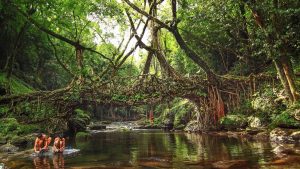
Meghalaya hosts some of the wettest locations on Earth. The village Mawsynram, the world’s rainiest place,receives an annual rainfall of 11,871mm (39ft) – that would be enough to submerge a typical three-storey house if deluged all at once. Nearby Sohra comes second, averaging 11,430mm (37.5ft). From June to September, monsoon winds sweep north from the Bay of Bengal, passing over the humid plains of Bangladesh. When these air currents meet the hilly terrain of Meghalaya, they break open – and torrential rains begin.
Living tree bridges in India stand strong for hundreds of years
The entwined roots of Indian rubber trees form bridges that—unlike steel structures—grow more durable with time.
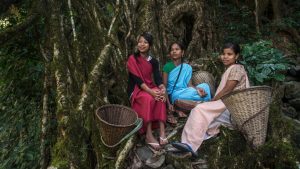
Modern wood or steel bridges rot quickly into disrepair in the lush hills of Meghalaya, a global hot spot of botanical diversity (more than 3,000 flowering plant species) and a crossroads of human culture (three major ethnic groups and dozens of clans). By contrast, the tree-root bridges endure for 500 or 600 years and grow stronger over time.
To step across such organic structures—a rare, harmonious collaboration between the human imagination. The growing muscle of nature—is literally a moving experience.
The root bridges of Cherrapunji give softly, almost imperceptibly, underfoot. They cradle the body’s weight in a supple way that lifeless concrete and metal never could. Underhand, through the railings made of living tissue, you feel the immense power of the joined trees. You span time.
Some of the living bridges of Cherrapunji grew when the feudal kingdom of Ahom, invaders from what is today Myanmar, ruled over the Meghalaya hills.







